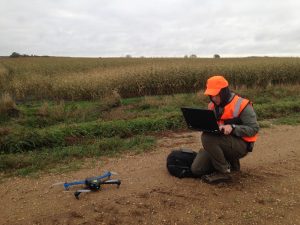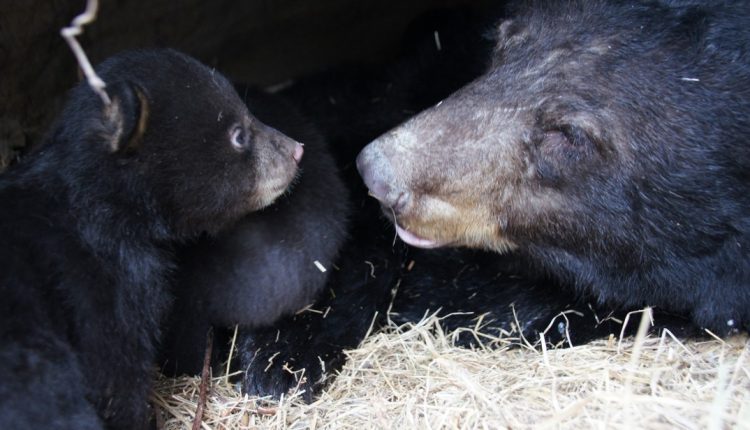Unmanned Aerial Vehicles (UAVs) have been a valuable tool for researchers looking to learn more about wildlife, but at what price.
University of Minnesota researchers have been studying the effects that drones have on the wildlife they’re helping us learn more about — specifically, bears.
According to the University of Minnesota, although bears seem totally unfazed by drones zooming overhead, their physiological response is quite different.
“For instance, American black bears rarely seem to startle or run away when a UAV comes near. But the new study, published today, reveals that despite the bears’ calm demeanor when in the presence of UAVs, their heart rates soar, a sign of acute stress,” according to the University of Minnesota.

(Photo Credit: Jessie Tanner)
In order to test the effects drones had on bears, the researchers placed Iridium satellite GPS collars and cardiac biologgers on wild American black bears that are living in Minnesota. The collars were able to help the researchers monitor the bears by sending e-mails updating the bears’ locations every two minutes. At the same time, the bio-logger devices captured their heartbeats.
Once set up, the team deployed UAVs to test how the bears responded.
After 18 UAV flights, lasting up to five minutes each, the researchers found that the bears showed a reaction only two times, but their heart rates, captured by the bio-loggers told a different story — strong physiological responses. All of the bears in the study responded to UAV flights with elevated heart rates.
“Without the use of the bio-logger, we would have concluded that bears only occasionally respond to UAVs,” said Mark Ditmer, a post-doctoral researcher in the university’s Department of Fisheries, Wildlife and Conservation Biology.
The researchers hope that the stress on wildlife will be a factor when developing more rules and regulations for drone flight since the technology is becoming quite popular for research purposes.
Ditmer and the team are now working with captive bears to see if they can ever grow accustom to overhead UAV flights.
Story via University of Minnesota.

